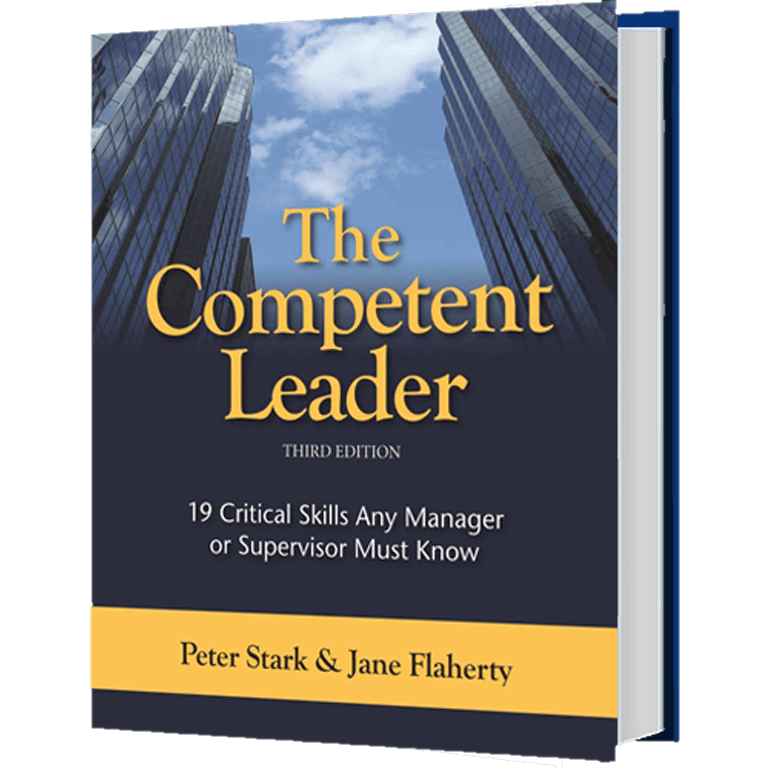Employee Engagement, Executive Coaching, Leadership
Is remote work here to stay or on its way out?
If you read most blogs today, you are left with the impression that remote and hybrid work is here to stay and an essential part of the new workplace. But then we hear in the news that companies like Amazon, UPS, JPMorgan Chase, and Boeing are mandating the return to the office. This makes it hard to know if it is a trend from COVID that is coming to an end or a new best practice. What did these companies see that led them to this decision?
For our clients, we have seen both avenues of embracing hybrid and remote work and others bringing their staff back to the office. We have also seen the resistance to remote work coming from employees in our surveys for the first time. In our employee engagement surveys, employees listed ending remote work as one of the top things they would change about their company. This was a surprise to us when we first saw it. It didn’t match what we were reading in the market. That left us to believe that the pendulum on remote work is starting to swing the other way.
That begs the question of why? We all know there are pros and cons to remote and hybrid work. But what is driving these companies to end remote work? Below are some points for both sides.
Positives of Remote and Hybrid Work
When you read the list of positive outcomes for remote work, it is nothing new.
- Decreased overhead costs of office space, utilities, etc.
- Improved work-life balance for employees
- Broader access to the top talent pool
- Reduced commute and environmentally favorable
- Less exposure to illness
- Increased productivity for those able to work in remote environments. But this is also listed as a negative for those that are not able to focus in remote environment
These are all solid reasons to continue to do remote or hybrid work. So, what is on the flip side?
Ending Remote and Hybrid Work
There are several downsides to remote and hybrid work models that have driven companies to bring their staff back to the office. Below are the top four reasons we hear from clients and see in our employee surveys.
1 – Improved Collaboration and Teamwork
It is really hard to replace face-to-face interactions with teams or Zoom calls. Companies that have their staff onsite have a competitive advantage when it comes to collaboration and teamwork. The interesting part is that in remote or hybrid work environments, communication and teamwork are usually among the company’s lowest-rated areas, all typical remote/hybrid work outcomes. But if you suggest to remote workers that this is correlated, in the past, employees would fight to the death that it is not a cause of remote work. Most remote workers love their situation and don’t want to change it. However, the fact remains that remote and hybrid workplaces struggle with their areas.
More recently, though, we have seen employees list these areas in our surveys as reasons to bring employees back to the office. They indicate that the opportunities to connect and communicate with their coworkers are missing. In remote or hybrid companies, we also see employees request more company events where employees can connect with their coworkers as they feel that part of the culture is missing them.
2 – Increase Innovation and Creativity
There is no arguing that in-person interactions can enhance brainstorming, problem-solving, and team dynamics, fostering creativity and innovation. Employers that have brought staff back to the office, site decreased innovation and creativity as a factor in ending remote/hybrid work. Even though we can all get on Zoom together, the level of engagement and participation is still not the same as in-person brainstorming sessions. There is also no opportunity for impromptu collaboration sessions that happen naturally when everyone is in the office together. Employers in remote and hybrid work models tend to lose some of their innovative and creative conversations with fewer opportunities for team connections. Disney is one example that brought their employees back, stating they wanted their staff to be able to observe and be creative with peers as well as increase growth opportunities.
3 – Stronger Company Culture
The physical presence of bringing people back to work can reinforce organizational values, team bonds, and a sense of belonging among employees—all needed to maintain a strong company culture. To increase belonging, employees need shared values, experiences, and connections with each other. Yes, this can happen virtually. However, we find the quality of the connections is not typically at the level needed to maintain the culture. Engagement and participation are lacking on video calls as participants either have their cameras off, are disengaged, or are working on other things during the meeting.
4 – Increased Accountability
Nothing demotivates a top performer quicker than having staff not pulling their weight or a manager who is not skilled enough to hold staff accountable for their performance. Some managers were able to master accountability over remote work. However, it takes a confident manager to communicate clear expectations and follow up on those expectations. Sounds simple. But in practice, it is one of the things we see leaders struggle with. Most managers tend to have more success managing staff in a face-to-face environment. We also see this in our surveys as to why employees request that the company end remote work.
After reading about the benefits of bringing staff back to the office, it is understandable why companies are moving in this direction. But we all know work models are not all one size fits all. So, what is the happy medium? There is also a trend of organizations not ending remote work but scaling back their remote and hybrid work environments to try and benefit from both. They focus on moving to a more flexible but onsite or reduced hybrid model. This model allows employees to use their PTO in smaller increments to attend doctor appointments, school functions, etc. Or flex their schedule by coming in earlier or staying later to accommodate their situations.
Whatever model you choose or participate in, there will be pros and cons. Some employees will be happy, and others won’t. It is more about finding the best model for your company’s situation.
|
Dusty Tockstein Dusty is a senior consultant at Peter Barron Stark Companies. Dusty works with clients to improve their corporate culture through a variety of tools, including Employee Engagement Surveys, 360 Leadership Development Assessments, Leadership Coaching, and Organizational Assessments. |











Leave a reply